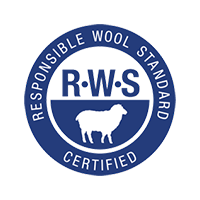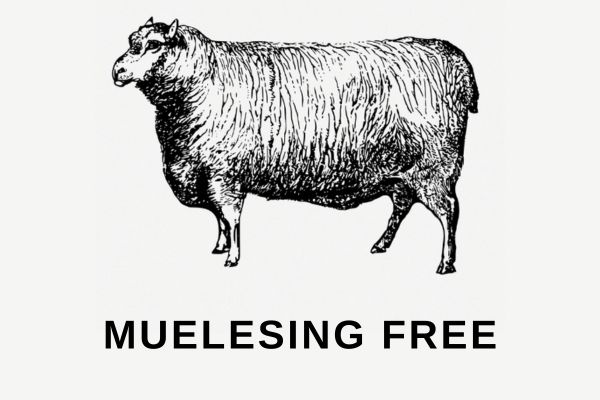Cart
-
Your cart is empty
Our yarn range includes alpaca yarns in the form of buckles, mohair, viscose, cotton and, of course, wool. We select our material manufacturers very carefully. We consistently supply winter products exclusively from high-quality yarn. We are only interested in suppliers who do not forget about environmental protection in the production process. In today’s increasingly environmentally conscious world, we strive for the greatest possible transparency in our logistics chain. It is also important for us to develop awareness and improve production processes that meet ecological challenges.
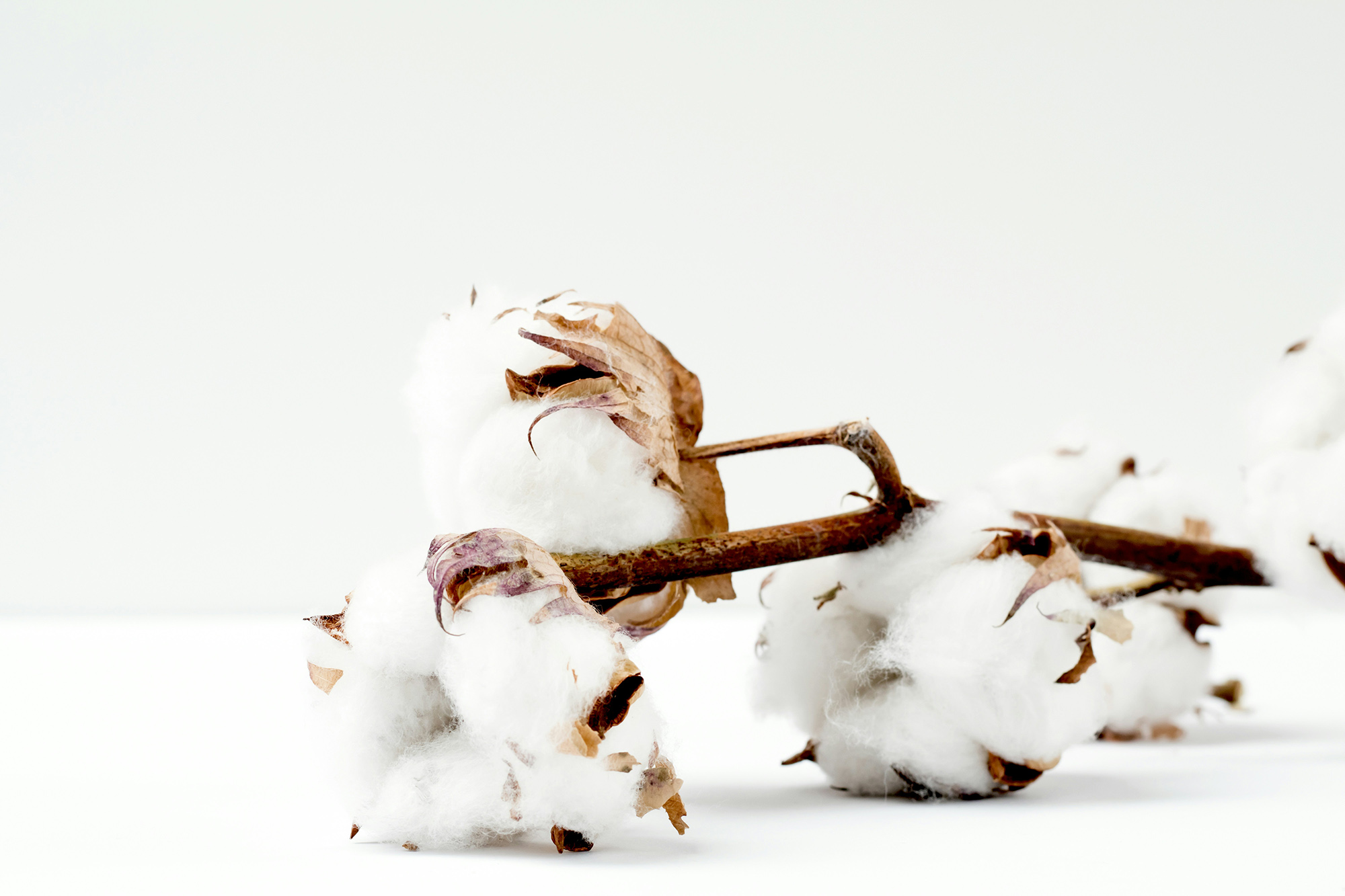
Cotton is a plant-based fiber that surrounds the seeds of the plant of the same name. As it matures, the flower’s shell opens, the fibers emerge and intertwine into flat, ribbon-like clusters, ideal for processing into yarn.
This yarn has many properties. It retains heat (depending on thickness), is resistant to stretching, does not cause allergies or bites. It can be worn directly on the body. It is also very resistant to absorbing odors, and if some do occasionally pass, they are easily washed off.
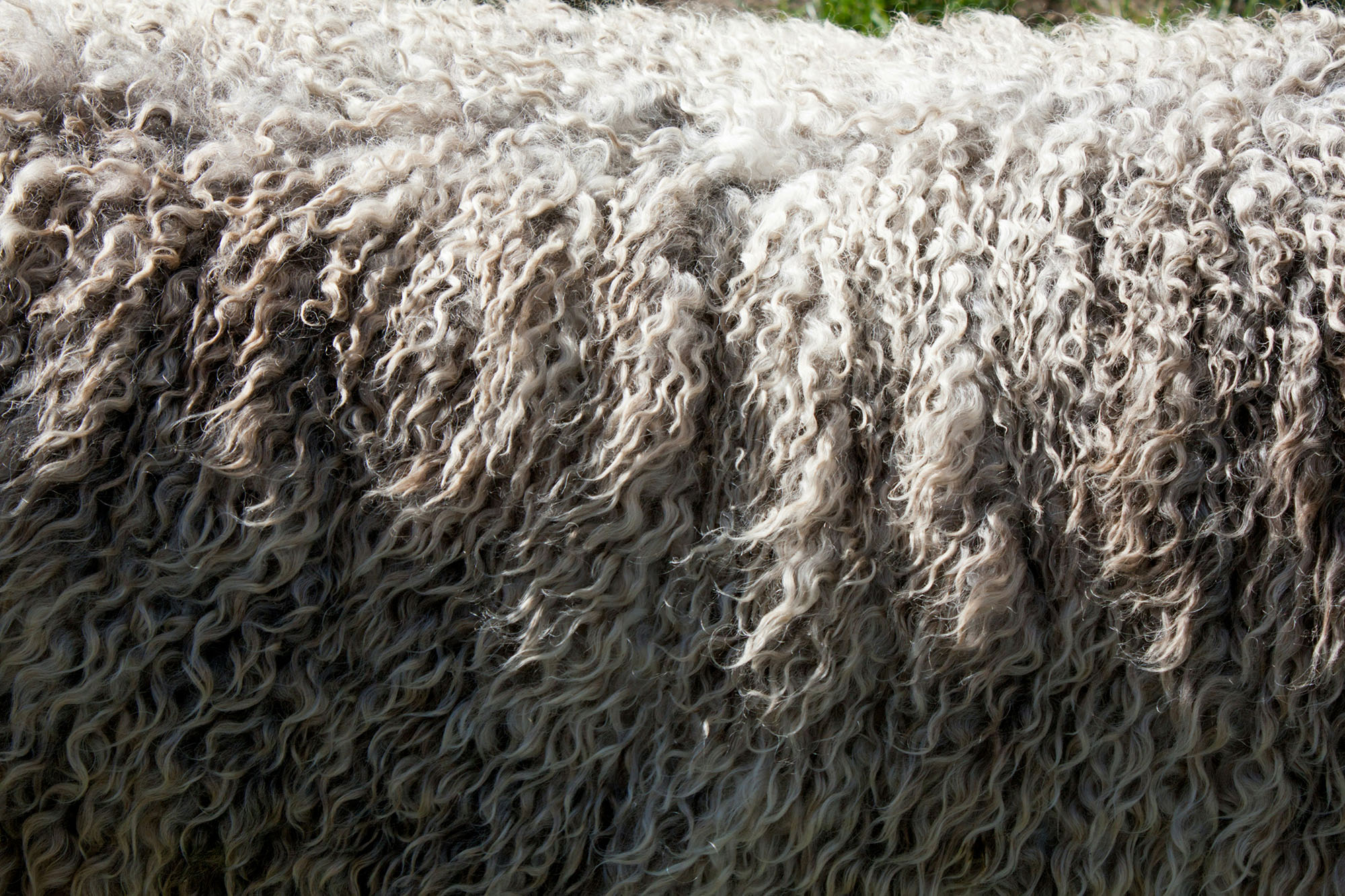
Wool is a natural animal fiber. We get it by cutting off excess hair from sheep, but there are also types obtained from goats or camels. The most valuable type of wool is cashmere, which is curled on the beards and elbows of cashmere goats.
The individual fibers are thin, but very densely packed, so they retain a lot of air and are characterized by high insulating values. Woolen clothes keep us very warm without having to be thick.
Jej dodatkowymi cechami jest bardzo powolne brudzenie się i nasiąkanie wilgocią. Dobrze wykonana czapka z wełny, bardzo powoli nasiąka deszczem lub mgłą przez długi czas. Dzięki temu jest znakomitym kompanem nawet podczas bardzo nieprzyjaznej pogody.
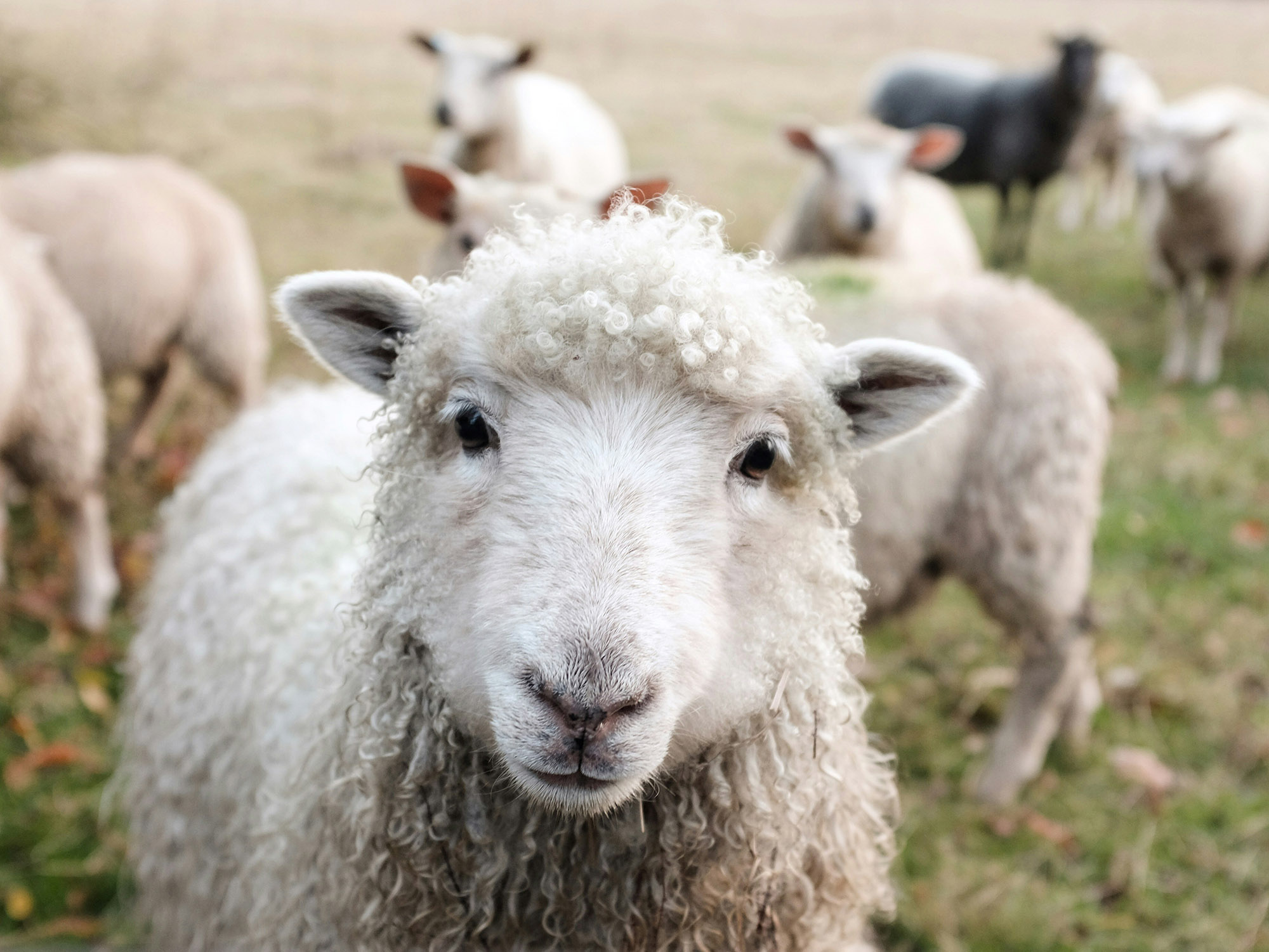
The most valuable type of wool cut from merino sheep. Its fiber is very thin but densely packed. It has excellent thermal properties. It is also very soft and much less itchy than its related species.

A very popular type of wool recently obtained from the South American ungulates of the same name. They are cousins of camels, and their wool is extremely delicate and silky.
An additional advantage is the high tolerance of allergy sufferers to contact with this wool.
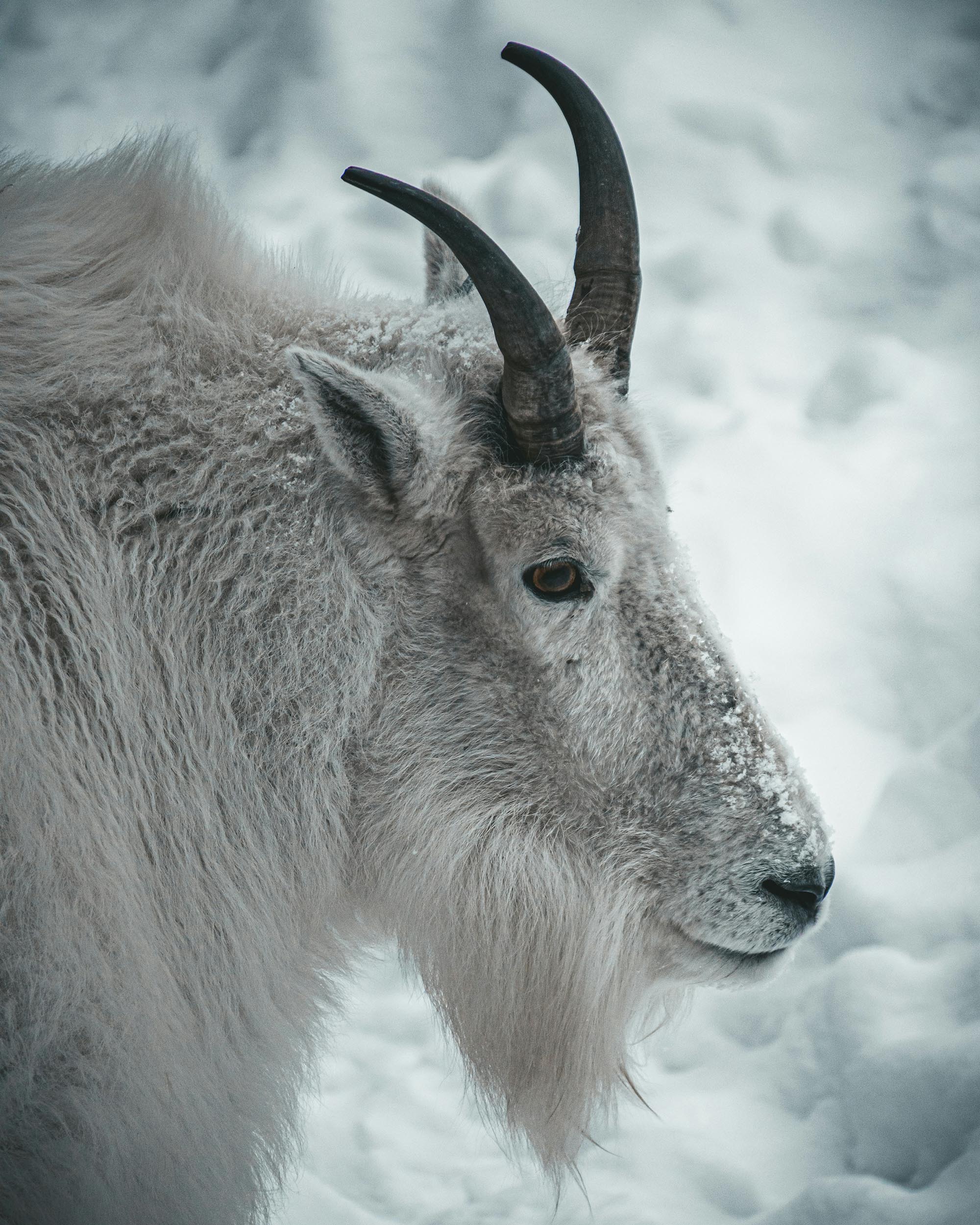
The famous cashmere comes from Central Asia, where it is obtained from goats. The most valued is the one from the region of the same name – Kashmir, in northern India at the foot of the Himalayas. Knitwear made of this yarn is extremely soft, delicate, shiny and very pleasant to the touch. They keep you very warm even in thin products.
They are so delicate that a scarf with a sufficiently light stitch (e.g. a crasso scarf) can be easily pulled through a small ring.
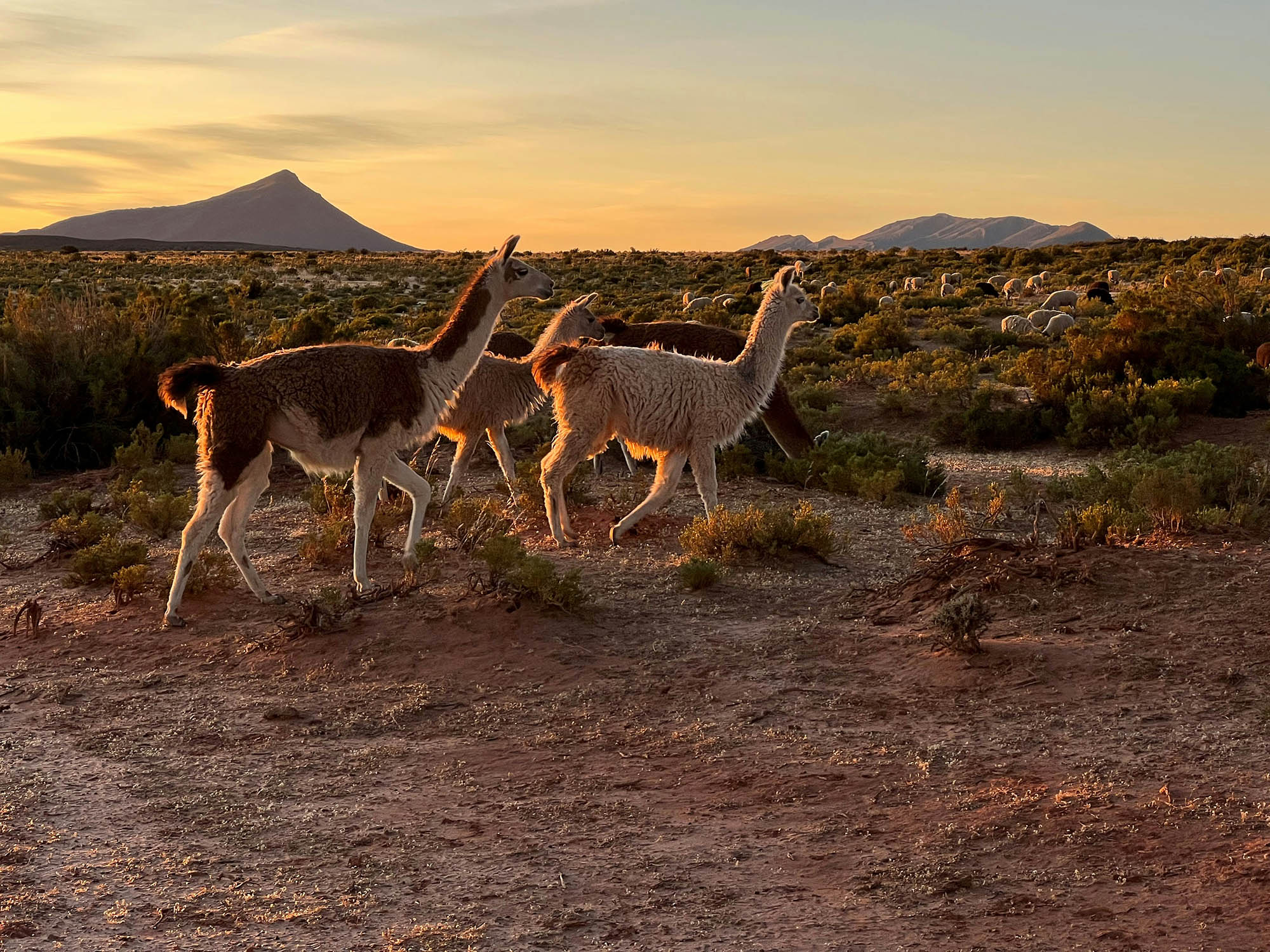
Wool from the Angora goat. This wool is very delicate and fluffy. So much so that it is often confused with wool from the Angora rabbit. It is extremely elastic and is also resistant to the effect of clumping, felting.
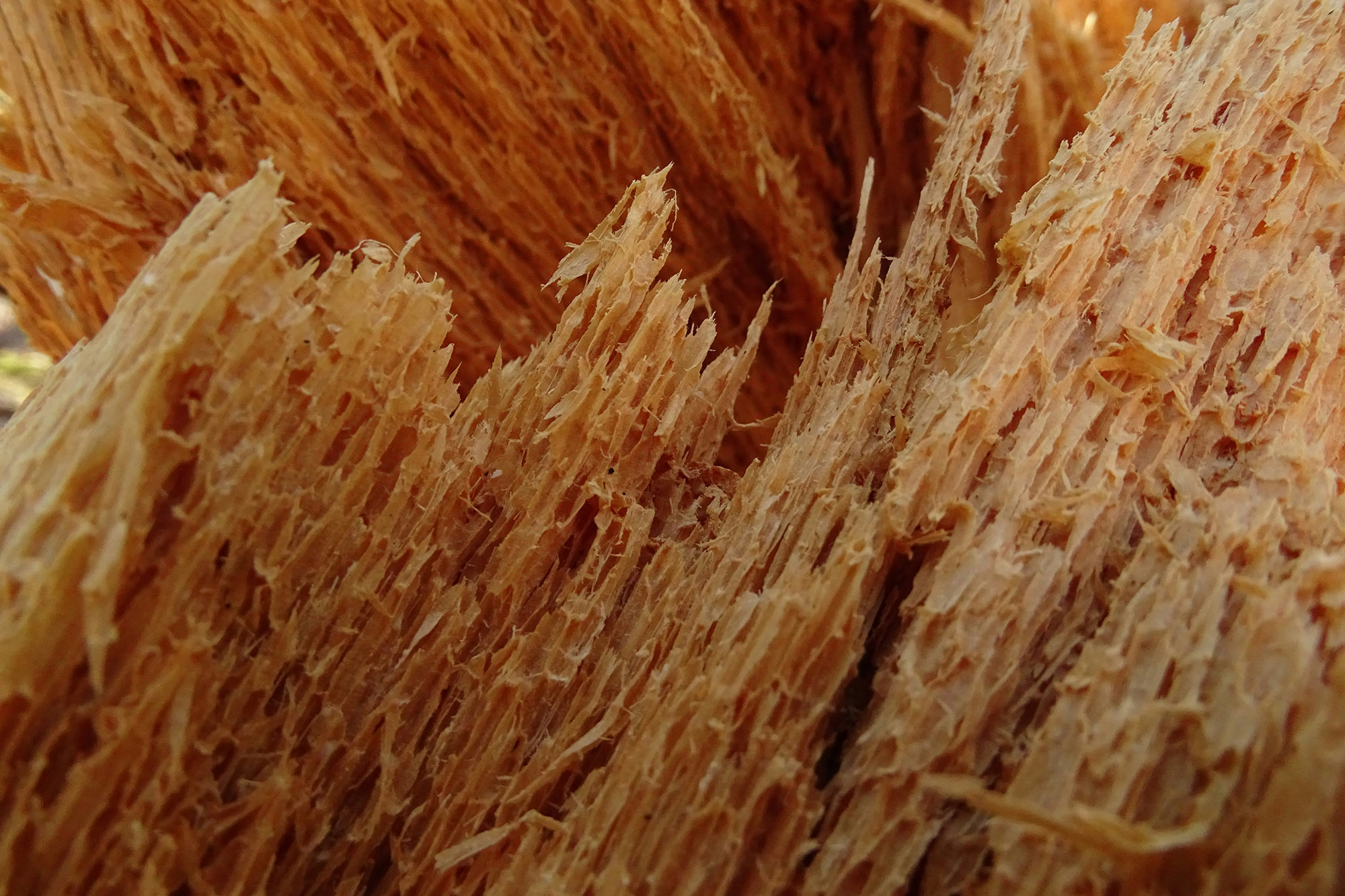
A synthetic nonwoven fabric of natural origin. It is comparable to cotton, as it is made from wood cellulose, but is subjected to chemical processing. As a result, a material is created that retains heat well, but is also breathable.
It works great as an admixture to other yarns. It greatly improves their softness and makes them breathe better.

Acrylic is a synthetic material used very often in clothing production. It allows for lower production costs and also makes it easier, because it can be produced all year round.
It is characterized by high elasticity, resistance to moths, fungi or bacteria and the fact that it does not cause allergic reactions.
A synthetic material that has recently gained a very bad reputation. It is used as an admixture to other materials due to its very high durability. We use it mainly in sports models.
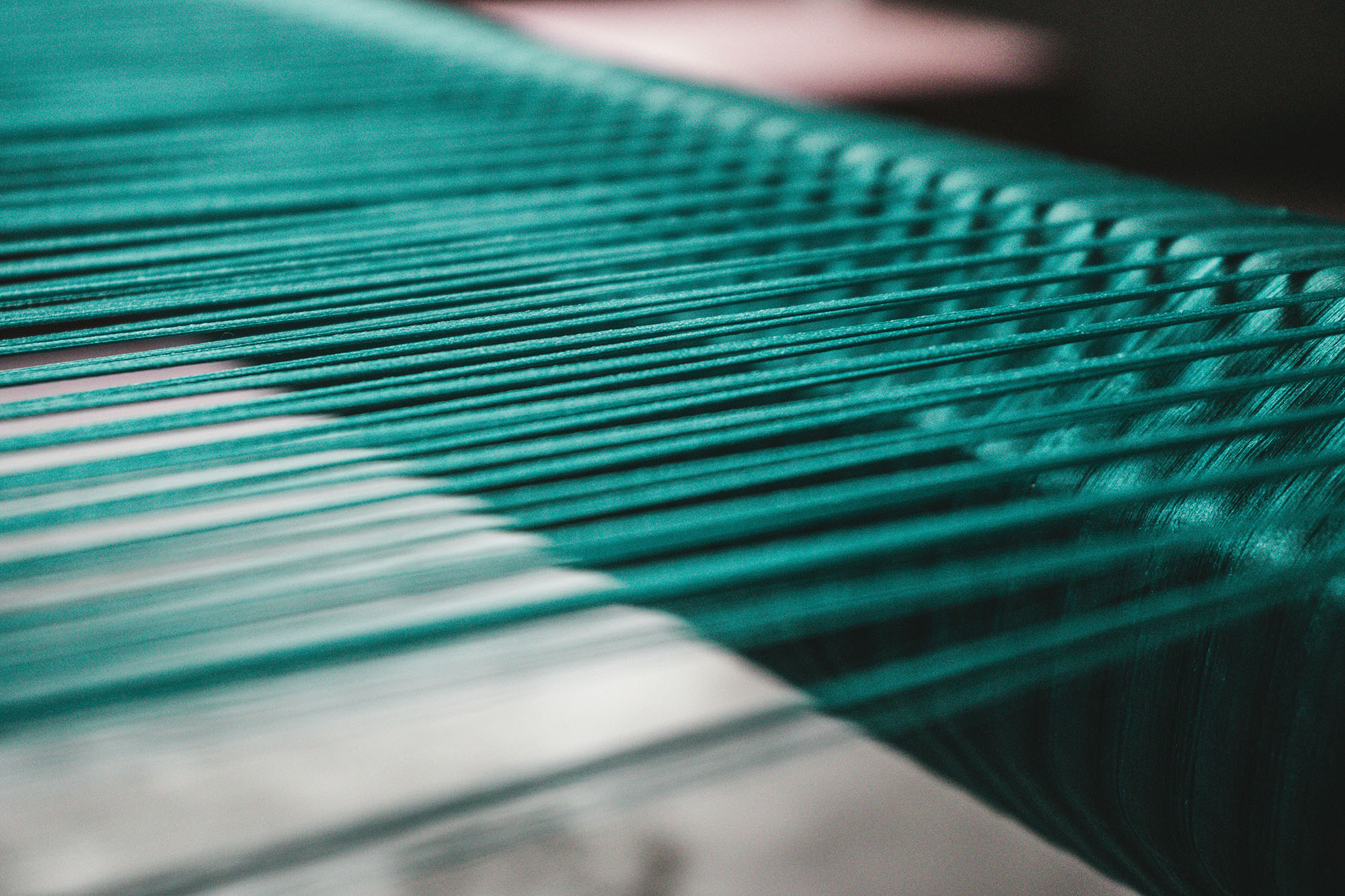
Synthetic fiber used to (as the name suggests) increase the elasticity of products. As an admixture to yarn, we use it in the lining of the edges of hats to make them stay on the head better. We also sometimes use it in seams to make them more durable.
Synthetic yarn with similar properties to polyester. Used as an admixture to other materials due to its very high strength. We use it to obtain stronger colors, because it is very easy to dye. We have made neon caps with it in very flashy colors.




